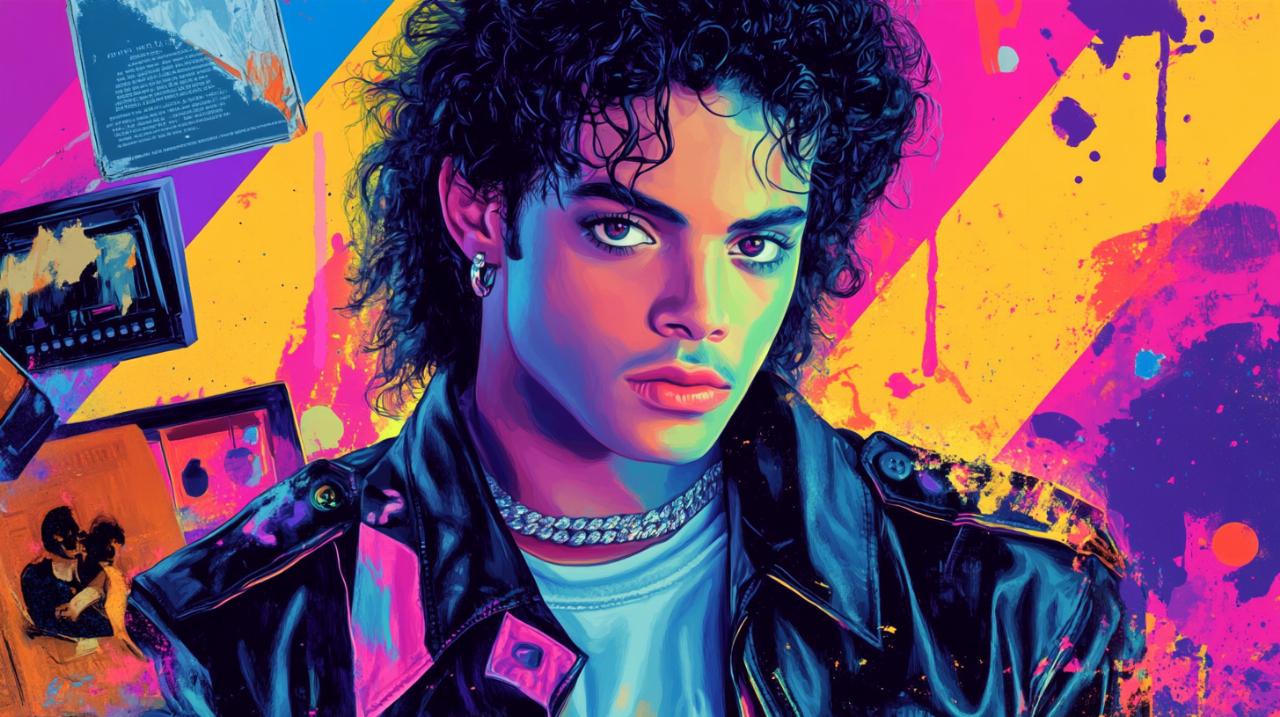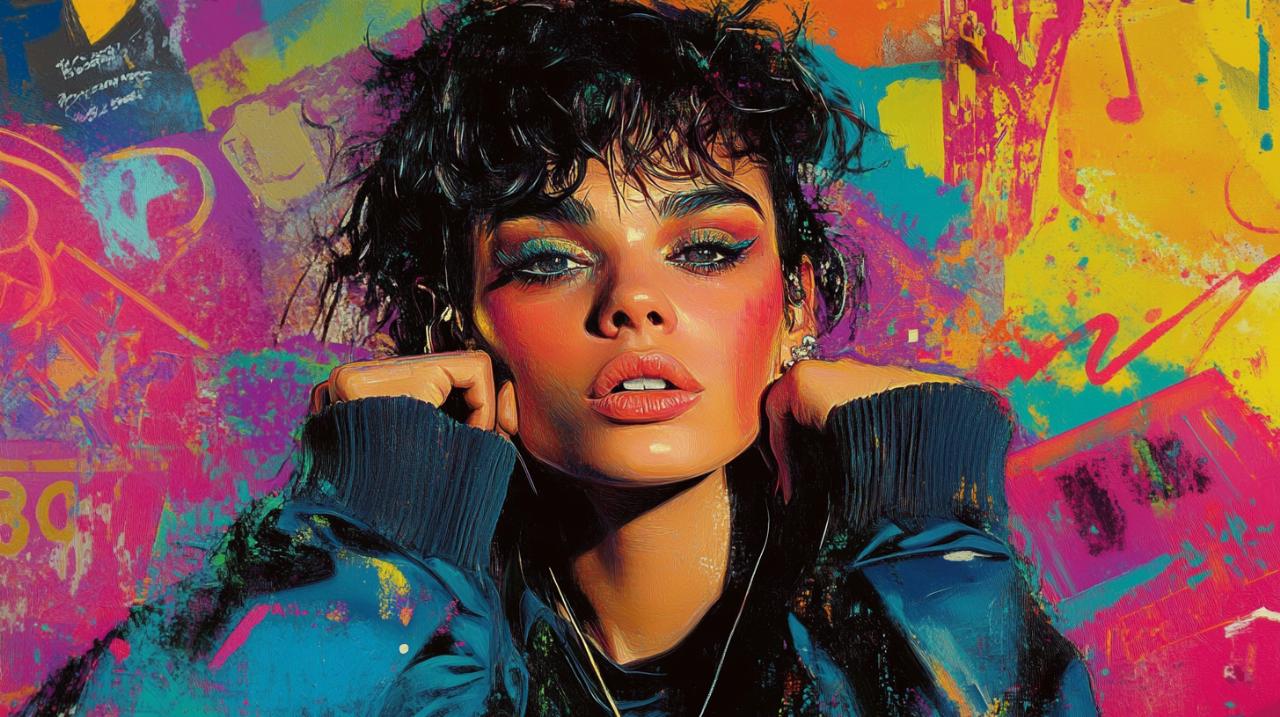The journey of any artist from their earliest days to the height of stardom offers a fascinating glimpse into the forces that shape not only their music but also their very sense of self. In an era where identity and image are constantly negotiated through social media and public perception, the transformation of pop icons reveals much about authenticity, reinvention, and the courage required to embrace one's true nature. From humble beginnings to global recognition, the evolution of these figures demonstrates how personal growth and artistic risk-taking can redefine what it means to be genuine in the public eye.
The Humble Beginnings: From Obscurity to the Spotlight
Early life and musical foundations
Many of today's most celebrated pop artists began their careers far from the glittering stages and sold-out arenas that now define their success. Take, for instance, the story of an artist born in London on a spring day in 1992 and raised in the quieter surroundings of Cambridgeshire. From an early age, this individual displayed a natural affinity for music, participating in local theatre productions and community choirs that nurtured a burgeoning talent. These formative experiences laid the groundwork for a career that would eventually touch millions, yet the road to recognition was anything but straightforward. Similarly, another artist who would later become a household name started as a teenage rhythm and blues singer in Sweden, eventually forming an independent label to carve out a unique electronic sound that resonated with both indie aficionados and mainstream listeners alike. These early years were marked by a willingness to experiment and a determination to remain true to one's artistic vision, even when commercial pressures threatened to stifle creativity.
First Steps into the Music Industry
Breaking into the music industry often requires a combination of talent, timing, and the right connections. For the artist who grew up in Cambridgeshire, the breakthrough came in 2012 when a collaboration on a track called 'Latch' brought them into the public consciousness. This exposure paved the way for a debut album released in 2014, which featured emotionally charged hits that explored themes of heartbreak and vulnerability. The album resonated deeply with audiences, establishing the artist as a voice of raw emotion and honesty. In a different corner of the pop world, another musician's journey began with a debut album in 1997 that achieved both commercial and critical success, even influencing the signing of other major stars who were seen as potential counterparts in the American market. Yet, despite early achievements, these artists faced significant obstacles, from record labels attempting to shape their image to personal struggles that threatened to derail their careers. The ability to navigate these challenges and emerge with a stronger sense of identity has become a defining characteristic of their success.
Evolution of Identity: Comparing Then and Now

Physical and Artistic Transformation Over the Years
The visual and sonic evolution of pop icons over time offers a compelling narrative of self-discovery and reinvention. For the artist who first gained attention through heartbreak ballads, the shift towards more daring and expressive fashion choices has mirrored a broader transformation in their music. Early work, characterised by conservative presentation and deeply emotional soul influences, gradually gave way to albums that embraced disco, rhythm and blues, and dance-pop, reflecting a newfound willingness to take creative risks. A pivotal moment came in 2023 with the release of an album often cited as a turning point, one that emphasised emotional, sexual, and spiritual liberation. This evolution was not merely aesthetic but also deeply personal, as the artist publicly identified as non-binary in 2019 and adopted they and them pronouns, a decision that resonated powerfully with queer and non-binary fans who found in this transformation a mirror of their own journeys towards self-acceptance. Similarly, the Swedish artist who once refused to omit songs about deeply personal experiences from a second album eventually released a self-titled work in 2005 that placed synthpop on par with respected indie acts, culminating in a 2010 release that solidified their status as a pop innovator and produced an anthem embraced by the LGBTQ community.
Maintaining authenticity whilst adapting to fame
The question of authenticity in the digital age is a complex one, particularly when considering how artists navigate the pressures of fame whilst remaining true to themselves. One notable example involves an artist who began as Lizzy Grant, releasing music in 2008 that generated modest financial returns and limited attention. By changing her look, voice, and musical style, she became Lana Del Rey, a figure whose carefully crafted image and strategic use of social media transformed her into a global sensation. The viral success of a song uploaded to YouTube in 2011 marked the beginning of a career that has been both celebrated and scrutinised, with critics questioning whether her transformation represents genuine reinvention or calculated artifice. Yet, the artist has defended herself, insisting that her struggles were real and that her evolution reflects a sincere journey towards artistic and personal fulfilment. This debate underscores a broader tension in contemporary pop culture, where the line between authentic self-expression and manufactured persona is often blurred. In this context, lana del rey's hidden past serves as a reminder that the path to stardom is rarely linear and that the narratives we construct around artists are often incomplete, shaped by our own assumptions about what it means to be real. For many fans, the newer work of artists who have undergone such transformations feels more authentic and emotionally connecting, precisely because it reflects a willingness to embrace vulnerability and challenge societal expectations.
The intersection of celebrity, art, and identity has long been a subject of fascination, from the Pop Art movement of the mid-twentieth century to the social media-driven branding of today. Andy Warhol's work, which redefined celebrity by simplifying and enlarging images, anticipated a future where visibility and accessibility would become paramount. In the modern media landscape, the shift from exclusivity to omnipresence has altered the very definition of what it means to be an icon, with artists now able to connect directly with fans and control their narratives in ways that were previously impossible. This democratisation of celebrity has also brought new challenges, as the pressure to maintain a constant public presence can be exhausting and the scrutiny more intense. Yet, for many artists, the opportunity to present an unfiltered version of themselves has been liberating, allowing them to explore themes of identity, self-acceptance, and liberation in ways that resonate deeply with audiences. The enduring power of iconic imagery, whether in the form of a carefully curated photograph or a viral music video, lies in its ability to capture a moment in time and reflect broader cultural shifts. As we continue to witness the transformation of pop icons from their early years to their current status, it becomes clear that authenticity is not a fixed state but an ongoing process of negotiation, one that requires courage, creativity, and a willingness to embrace change.







